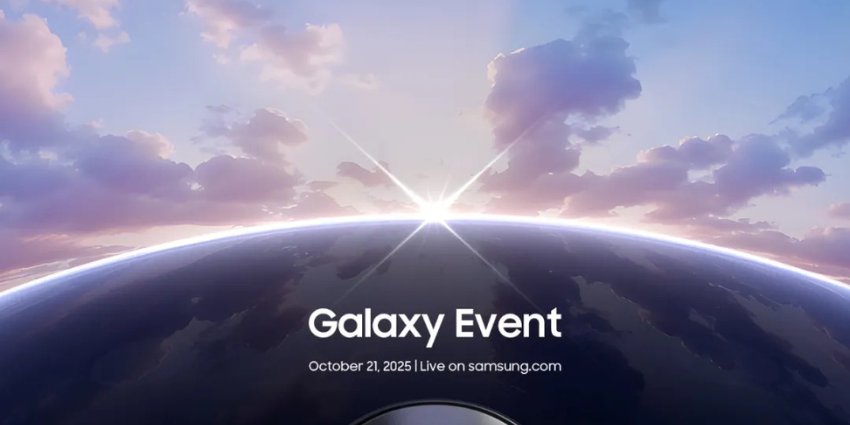Fresh reports have emerged on Monday disputing claims Microsoft Corporation had officially cancelled its HoloLens 3 headset.
Alex Kipman, Microsoft Technical Fellow, tweeted last week the HoloLens 3, codenamed Project Calypso, was “doing great,” Tech Radar reported on Monday.
He tweeted the HoloLens had been “shipped with success,” refuting previous claims from the initial Endgadget report.
don’t believe what you read on the internet. #HoloLens is doing great and if you search said internet they also said we had cancelled #HoloLens2… which last I checked we shipped with success [)-)
— Alex Kipman (@akipman) February 3, 2022
Despite this, Tech Radar states that an additional source from Business Insider alleged the tweet was incorrect, adding the teams involved on the HoloLens 3 had “been distributed to other programs or have left the company.”
HoloLens Concerns, Rumours
The news follows reports the Redmond, Washington-based firm suffered from a lack of direction due to disagreements on how to market the HoloLens and had reportedly cancelled the device.
Business Insider reported at the time Microsoft executives disagreed on whether to market the devices as an enterprise or consumer product, citing claims company chief executive Satya Nadella planned to cease hardware development to build Metaverse software solutions for third-party XR headsets.
The news follows reports that more than 100 Microsoft employees had resigned to join rival firms such as Apple and Meta just after announcements the consumer-grade HoloLens 3 would launch in 2024.
The US tech giant also faced further setbacks after the US Army revealed it would delay deployment of its HoloLens-based Integrated Visual Augmentation System (IVAS) “fighting goggle”, which required further tweaking to meet critical field use capabilities.
Pentagon officials announced in February the headset was not “combat ready” and urged Microsoft to improve on the head-mounted display’s field-of-view (FoV) as well as moisture control features ahead of a major field test in May, delaying the device’s initial deployment from September last year.







